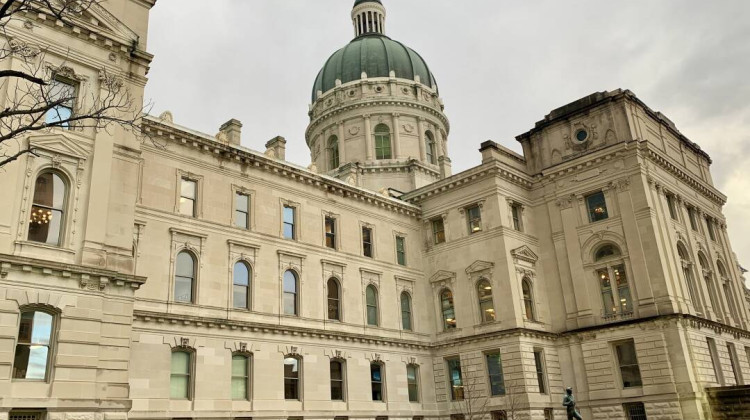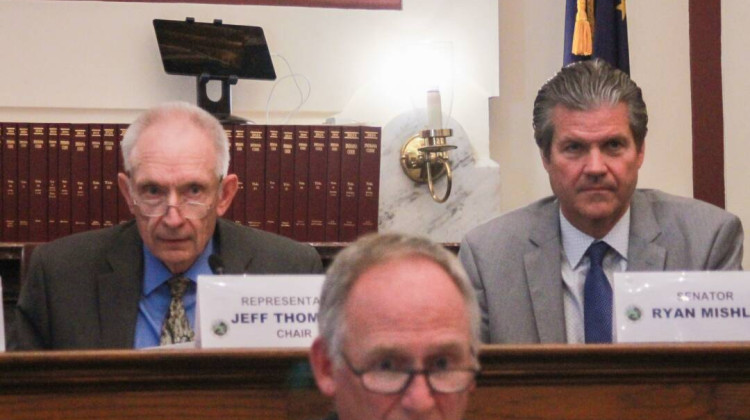For older Hoosiers who cannot or do not want to drive, walkability can sometimes be an issue, particularly for those in senior living communities.
Jen Higginbotham is a principal planner for the Indianapolis Metropolitan Planning Organization. She said many seniors may choose not to drive or be unable to drive due to various physical and mental challenges.
However, those seniors who are active and mobile – but do not have transportation – may experience more issues in these living communities.
“I do think there's a lack of apartment buildings or facilities or any sort of focus on active mobile seniors or older adults who don't drive, who want to live in a walkable area,” Higginbotham said.
She said financial means and physical location also play a big role in the availability of these communities for seniors.
“There’s also varying levels of income, and maybe isolation, when it comes to these developments that are sort of popping up around the region,” she said.
Higginbotham said many of these communities are built in places referred that offer “greenfield development”
“It’s where they'll build [the community] where there's no development that's been there before,” she said. “It tends to be cheaper, because the land is natural and fresh.”
She said companies building in these areas and local communities may want to consider the streets and potential walking network around these areas.
READ MORE: What are some unique transportation solutions in rural Indiana communities?
Join the conversation and sign up for the Indiana Two-Way. Text "Indiana" to 73224. Your comments and questions in response to our weekly text help us find the answers you need on statewide issues.
Higginbotham said these communities and their public works departments can also make changes to better prepare for these living communities once they are being built.
“You ask the development to pitch in some money just to make sure there's some connecting sidewalks, looking into the crossing signals and whether those are equipped for older adults to be able to use them safely,” she said. “And making sure that crosswalks are painted and maintained.”
Higginbotham said some of these areas also need special attention for seniors in particular, as things like declining eyesight and accessibility must also be considered.
“Looking at things like signage, the color on signage, the size of the text on signage, street signs, direction signage, having things like crossing signals that chirp are helpful,” she said.
Higginbotham also said local advocacy groups, such as councils on aging, may offer services to help with transportation and other things.
“So most of these services are run by either some sort of nonprofit like maybe a senior center or maybe there's some sort of food pantry that runs these transportation services,” she said.
Higginbotham said supporting these advocacy groups is important to maintaining things like transportation in these rural areas and mitigating issues for communities built in more isolated places.
Contact reporter Violet at vcomberwilen@wfyi.org or follow her on Twitter at @ComberWilen.
9(MDAyMzk1MzA4MDE2MjY3OTY1MjM5ZDJjYQ000))
 DONATE
DONATE







 Support WFYI. We can't do it without you.
Support WFYI. We can't do it without you.